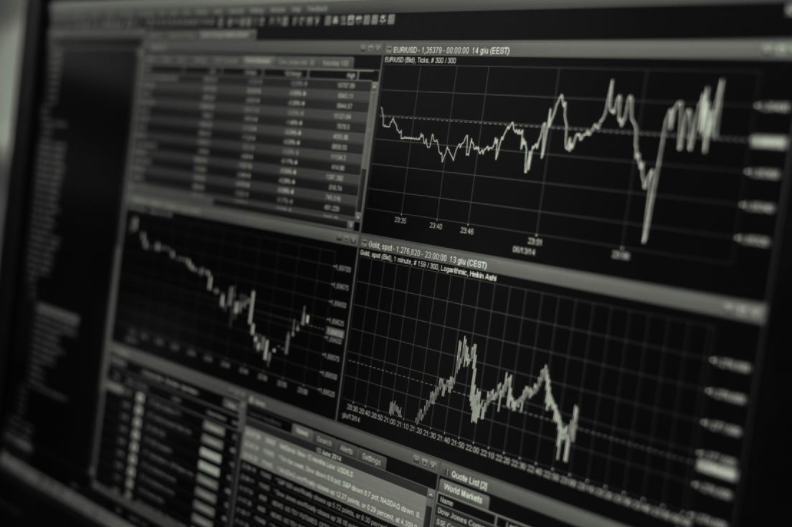I thought I’d write a very domestic focused note on SMSF asset allocation as I tend to get a lot of questions on the topic.
The explosive rise in Self-Managed Super Funds (SMSFs) has placed major responsibilities on trustees in terms of the overall asset allocation of a super fund and then the weightings of the individual assets within the fund. In a balanced super fund comprising domestic equities, international equities, property and cash-equivalents, such as term deposits and bonds, SMSF trustees have the added burden of the stock selection criteria within the equity component of the fund. As such, I recently introduced the Nifty 15 portfolio of blue chip Australian stocks.
The Nifty 15 stock selection criteria are: a big index weighting, strong management, high sustainable ROE, and dominant industry positioning. The aim of the Nifty 15 is also to provide a good balance between earnings growth and dividend yield to maximise the portfolio’s potential total return. Of course, it’s even more important to consider the trustees requirements of either capital growth, when the fund is in the accumulation phase, or retirement income when in the drawdown phase.
In today’s note however, I want to focus on the asset allocation process for a SMSF rather than stock selection. In my many meetings with retirees and investors I am constantly asked about the merits of individual equities. Clearly stock selection is crucial to performance and returns, but history shows that asset allocation is a far more important consideration for SMSF trustees. While it sounds complex, asset allocation is really risk management by a different name.
I have always advised trustees and investors to adopt a balanced view to portfolio construction. This can achieved by employing a diversified allocation strategy with weightings in all the major asset classes such as domestic equities, international equities, property and cash equivalents. The aim of diversification is to reduce asset price volatility, and therefore manage, and ultimately minimise risk. The key to long term performance is risk management through a balanced and diversified asset allocation strategy.
In the current low return environment, it would be very tempting for a SMSF trustee or investor in drawdown phase to have a portfolio with a 100% weighting in domestic equities, particularly high yielding banks. However, employing such a strategy tilts the balance between returns and capital preservation towards the very highest end of the risk curve. There is no time for capital accumulation in the drawdown phase. As an example, I distinctly remember a large institutional fund manager saying to me, “Charlie if you don’t get the short term right, there is no long term.”
At the other end of the spectrum, an all-cash strategy is guaranteed to generate huge relative underperformance. The period following the GFC provides valuable lessons on the merits of asset allocation. At the time, many investors approaching retirement sold equities and sought the safety of term deposits. Sadly, that proved disastrous. The cumulative return of a term deposit to March this year invested following the GFC has yielded approximately 24%. This compares to the ASX Accumulation index (dividends re-invested) which has generated a total return of 147% over the same period.
The returns from other asset classes such as international equities, property and bonds provide similarly interesting comparisons. The MSCI World Equity Index in AUD is +110%, the Bloomberg AusBond Composite Index, which includes short/long government and corporate debt, has returned nearly +53% since late 2008. According to CoreLogic RP data, combined capital city dwelling prices have risen +41% over a similar period. The message is clear. To generate absolute long term performance it’s very important to reduce volatility and risk through a diversified asset allocation strategy.
It’s also equally important to regularly review asset weightings against the backdrop of a dynamic global landscape. For this reason I have regularly highlighted to readers the importance of getting the global macro picture right. The actions of central banks continue to dominate the direction of equity markets and all risk asset classes. In fact in my 20 years of broking I have never known an equity climate so driven by the intervention of central bank policy. I believe it’s essential to employ a big picture (global), top-down strategy approach to investing.
In this regard, it’s interesting to observe the rise in short term negativity from fund manager surveys, media commentaries and financial newsletters. The recent 15 year all-time for Nasdaq, which finally eclipsed the previous peak in 2000, has clearly brought back painful memories of the dot com boom/bust and the ensuing savage bear market. Many bears also appear fixated on the duration of the current bull market which is long by historic standards. In contrast, I believe the macro picture for equities remains very benign with monetary policy settings fully accommodative and no sign of inflation.
To be sure, US equity market valuations remain high. But not extreme. Similarly, the ASX 200 forward PE is about 16x which is about +15% above historic trend. On the flipside however, equities remain cheap relative to zero real global bond yields. It’s also important to note that the global recovery from the GFC continues to be slow and extended. So global spare capacity is still significant which means both inflation and corporate indebtedness are expected to remain low. Further, there is no sign of the irrational exuberance which invariably categorises market tops.
Sure, a trading correction/profit taking correction is possible (as we have seen last few days) after a stellar performance over the last 2 years and the start of a US tightening cycle. Against that, the latest commentary from Fed remains very dovish. As a result, the start of the US tightening cycle continues to be pushed out. In addition, the other major central banks are still easing policy. More importantly, history shows that no bull market has ended with zero interest rates and low inflation.
In my recent property update, readers would know that except for pockets of exuberance in Sydney, I don’t see a national property price bubble. Therefore, for SMSF trustees and investors I would currently advocate a balanced asset allocation strategy. While the equity and property markets have generated good returns over the last few years I expect accommodative RBA monetary settings will continue to support both asset classes. As such, I still expect the ASX 200 technical barrier of 6000 to be broken and an ultimate target 6200 remains in reach around the full year reporting and dividend season in August.
Around the bottom of my 5700 -6200 ASX200 trading range I encourage readers to nibble away in sustainable yield and USD earner Australian equities. The RBA will cut rates on Tuesday to the lowest level ever seen in Australia and the response will be the AUD/USD cross rate will return on a path towards 68usc and the price paid for sustainable fully franked dividends will rise. Quite frankly, this trading pullback in sustainable fully franked dividend yield stocks and USD earners could be an amazing gift just two trading days ahead of a rate cut.
For SMSF trustees this is both a dip to buy in the right domestic equities, while simultaneously potentially the last chance to get money out of Australia into international (unhedged) equities while the AUD is around 80usc.
It is time for active SMSF asset allocation decisions as the return on cash gets crushed further.
Go Australia,
Charlie
© 2015 Bell Potter Securities Limited. This information is of a general nature only and has not been prepared to take into account any particular investor’s objectives, financial situation or needs. Investors should seek professional advice from a financial adviser before making any investment decision. Bell Potter does not take any responsibility if there are inaccuracies, errors or omissions in this information.


